|
Engineer Laura Kukuk is in demand all over the world as a sports cars appraiser and classic vehicle expert. The 27-year-old takes a closer look at the story behind the 911 Targa 4S Heritage Design Edition. Sometimes looks say more than a thousand words: anyone who is out on the road with the new Targa 4S Heritage Design Edition will know what I am talking about. People meet you with a sense of familiarity and delight, combined with just a touch of astonishment: “What kind of car is that?” they ask. It’s understandable – many design elements recall the purist 550 and early 356 models, as well as the first Targa cars of the early 1960s. But this is in fact an ultra-modern Porsche 911 of the current age. As an appraiser and classic car expert, I am extremely lucky to spend my working days examining and testing some very special vehicles. Alongside the technical aspects, much of my work is focused on checking the originality of the details. I also conduct extensive research into a vehicle’s history, because a car comes to life only when its story is known. In my line of work, a passion for detail is an absolute must and that is exactly where I would like to start here – with the details. In order to study the special elements of the Heritage Design Edition, I have taken an early Targa model from 1971 with a 2.2-litre engine and black/black Pepita seats to use as a reference. With the two cars side by side, many parallels are noticeable. Let’s start with the wheels: on one car, the classic Fuchs rim – the world’s first forged aluminium wheel. On the other, a modern interpretation that brings the design firmly into the 21st century. Meinerzhagen is not far away from the Kukuk engineering office, so we have a special relationship with the Otto Fuchs foundry. Thanks to a combination of innovation and clever craftsmanship, Otto Fuchs succeeded in establishing a new manufacturing method for wheel rims, namely forging an aluminium alloy in one piece, which resulted in a significant reduction in weight. Even from the age of about six I associated the famous Fuchs rim with the Porsche 911, and I would often be irritated if I saw a Porsche fitted with other wheels. The impeller wheel design is still known as the “Fuchs rim” all over the world right up to the present day. For the Heritage Design Edition, the Fuchs rim in cloverleaf form was revived and reinterpreted, with both the black high-gloss elements and the bright aluminium side faces establishing a link. The brake calipers are painted black to maintain the particularly classic look, so they blend inconspicuously into the background. Meanwhile, the wheel hub is adorned with the traditional Porsche logo from 1963. Tip: the classic Fuchs rim can still be purchased today from Porsche Classic. As an engineer, I am really impressed by the design of the Targa roof in particular. No, I’m not talking about the historic Targa bar with the small, manually removable roof and the folding soft window, which was a milestone back in its day. Rather, I’m looking at the new mechanism. It is a true engineering feat to develop something that opens a rear window weighing 13 kilograms before lifting it smoothly over the Targa bar, and stowing it so elegantly – especially in just 15 seconds. Inside, is a two-tone interior; seat panels and interior door trims made of corduroy; a perforated leather roofliner; and leather-trimmed A-pillars and instruments. A visual highlight is the historic Porsche crest, which can be found on the steering wheel, head restraints and centre armrest. Another detail that I really want to emphasise, and which is also based on the early models, is the traditional Porsche analogue rev counter, which features the typical green digits of the 1950s, just like the stopwatch. Now, if that is not attention to detail. The Cherry Metallic paintwork of this car is ideally matched to the two-tone interior and works in harmony with the corduroy of the seats and interior door trim panels. There are various decorative trim elements to be discovered, such as the “Heritage” badge on the engine grille, which was handed to the early Porsche 356 owners after they had successfully completed the first 100,000 kilometres, as well as the traditional gold Targa logo on the rear. The spears applied to the two front CFRP wings are a particular highlight. This type of paintwork or decal application was used in the early days of motorsport, when the elongated “eyelashes” were chosen in the works or national colour so that the teams could identify their cars from a distance on the race track. Before I get in the car, one element at the upper end of the windscreen frame catches my eye. The aerodynamics specialists at Porsche have developed a kind of spoiler that extends or retracts depending on the airflow and speed, thus ensuring improved wind routing in the cabin. This reminds me how in the early days of the Targa, owners would open the windows slightly to reduce the drumming noise. I set off on a lap of the Chiemsee lake, east of Munich – it’s as close as we’ll get to the Targa Florio today. The famous Sicilian endurance race has been on my bucket list since I was a child, and so the name “Targa” has a great personal appeal to me. Harald Wagner, who was Porsche’s Director of Sales, said in 1965 that it was “a happy coincidence that Targa means ‘shield’.”. This special link to Porsche’s five Targa Florio victories between 1956 and 1965 – and to the idea of a shield and safety – make this name feel particularly appropriate.
Having spent some time with the car, I can say that the Heritage Design Edition succeeds in combining the best historic aspects and details of the early Targa and reinterpreting them using state-of-the-art technology. With its references to the 1950s and 60s, the 992 cleverly transports a feeling of heritage into the present. The result is a modern vehicle offering plenty of comfort, while lovingly combining the feelings evoked by the first models. Too cold? Too warm? Humans can be sensitive to temperature fluctuation. Now Porsche’s automatic climate control system in the latest generation of Porsche 911 intelligently ensures a sense of comfort. Porsche engineers have intelligently refined it once again for the latest generation of Porsche 911 Cabriolets. The challenge: while the interior temperature sensor is a central control variable in a closed vehicle, many additional influences are added when driving in the open air. This is why the new cabriolet control system slowly suppresses this sensor as the soft-top is opened. The complex automatic climate control system now processes around 350 signals in half-second intervals in coordination with twenty external and twenty internal interfaces. Sensors continuously record parameters, such as outlet, outside, and coolant temperatures as well as engine speed, insolation, and vehicle speed. The interfaces relevant to the climate control unit include the control units for the engine, soft-top, doors, and seats. The climate control system uses this data stream to continuously calculate the optimum air temperature, air outlet volume, and air distribution in the open-top interior. This clever convertible control is particularly noticeable at low speeds. Even in the searing summer heat of the city, 911 Cabriolet drivers are surrounded by a pleasant freshness. During top-down excursions in the winter, the Porsche system overrides the conventional comfort formula of “warm feet, cool head.” Instead, the automatic climate control system distributes more warm air via the center air vents for the driver and front passenger. The result: occupants enjoy a cozy veil of heat without having the unpleasant sensation of air being blown in their faces. Blissfully warm hands on the steering wheel; heavy winter jackets head for the luggage compartment. In changing weather conditions, common in spring or fall, the automatic climate control reacts to practically every cloud in the sky with a control adjustment. And it does all of this without any manual intervention. What’s left for the occupants to do? Just to remember their sunscreen and sunglasses and, if it rains, to close the top—and enjoy the drive.
Customers score sales experience with Porsche higher than any other brand
Atlanta, Georgia. New car customers rated Porsche as the top brand in J.D. Power’s annual Sales Satisfaction Index (SSI) Study released today. Porsche improved its overall ranking by three spots in 2018 compared to last year’s SSI Study. With an increase of 10 points to a total of 828, Porsche ranked higher than any other brand. “This achievement is the result of a customer-focused strategy that has been superbly executed by our 190 U.S. dealer partners,” said Klaus Zellmer, President and CEO of Atlanta-based Porsche Cars North America, Inc. “First and foremost, this award is for our dedicated dealers, who have invested significant time in training for their employees and committed $500 million to improving facilities in just the last five years.” The SSI Study provides an analysis of the purchase experience from a customer perspective. It is based on responses from 25,748 people who purchased or leased new vehicles this year. Particular high points for customers who bought or leased a Porsche between April and May 2018 included the delivery process, dealership facilities, and working out the details of the transaction. Porsche shoppers also expressed satisfaction with salespeople and inventory. Zellmer noted that in the first 10 months of this year, Porsche sales in the U.S. were up 3.2 percent compared to the same period in 2017. “We are glad to see growth going hand-in-hand with continually improving the customer experience,” he said. When people think of Porsche, the first thing that comes to mind is often the silhouette of the 911 – and the flat engine. These engines are very close to every Porsche devotee’s heart. But what is so special about this particular design principle for an internal combustion engine? The air-cooled flat engine has a special place in the hearts of its fans. But emotions only tell half the story. As well as revving its way into the affections of many, the flat engine has many interesting features that give it the edge from a design point of view. Its history dates back 122 years to 1896, when Carl Benz invented the flat engine. He called it the contra engine because its two cylinders worked in opposition to one another. This first boxer engine was intended to have a displacement of over 1.7 litres and deliver 5 hp. Its underlying design principle – both then and now – is that the cylinders should lie flat and slightly offset to each other, on opposite sides of the crankshaft. The Porsche family tree of flat engines can be traced back to the VW Beetle. Its 1.1-litre, four-cylinder engine delivering 26 kW (35 hp) was installed by Ferry Porsche in his 356-001. Further engines followed, all of which were air-cooled until the 911 Type 993. In the top-of-the-range 911 Carrera RS, the 3.8-litre air-cooled flat engine achieved 221 kW (300 hp) without turbocharging. Two turbochargers boosted performance to 331 kW (450 hp). The ideal choice for sports cars The air-cooled flat engine is lightweight and flat, making it the ideal choice for sports cars, and particularly low designs are possible as the cylinders are lying flat. This lowers the centre of gravity, allowing for a sportier and more dynamic style of driving – and not just when cornering. If the flat engine is installed at the rear as in Porsche vehicles, traction is improved because the weight of the engine rests on the drive axle. Until all-wheel drive vehicles conquered the roads, Beetle and Porsche drivers agreed that a car with a rear-mounted engine was by far the best choice for winter conditions. The opposite is also true: When braking, the weight of a rear-mounted engine allows more braking force to be transferred to the rear wheels. The flat engine – and especially its six-cylinder variant – is particularly smooth-running, with no free moments or free forces. The crank mechanism is ideally balanced, allowing short-stroke sports engines to cruise along at high speeds without excessive strain. The 3.8-litre six-cylinder twin-turbo boxer engine of the 911 GT2 RS
One of the most characteristic features of the Porsche six-cylinder flat engines is the drop in fuel consumption as engine power increases. The concept underlying the flat engine involves a consistent lightweight construction, a low centre of gravity, outstanding revving ability and a high specific output thanks to advantageous charge cycles. All 911 engines need to be sporty as well as suitable for everyday use. As a basic rule, it takes more effort to manufacture a flat engine than an in-line engine because a greater number of parts are needed. The flat engine needs two banks of cylinders with a valve train, plus cooling or injection. The flat engine is a particularly good candidate for air cooling because the individual cylinders are located far apart from each other and can therefore benefit from a direct flow of cooling air. The fact that the 911 flat engines have been water-cooled since the 996 model series is primarily a result of the four-valve technology. Four valves are a prerequisite for cutting fuel consumption and exhaust emissions while also boosting performance. But this is only a point of interest for fans of water-cooled flat engines. No club with this name exists yet, but it surely will one day, when these engines stop being the latest technology and become part of history. Porsche Announces Introduction of “Tech Live Look” Augmented Reality Smart Glasses in Dealerships11/29/2017
Real-time remote assistance improves efficiency and can reduce service resolution time by up to 40 percent. Use of augmented reality in technical services for an even better service quality and customer experience Atlanta, Georgia. Porsche Cars North America, Inc. (PCNA) today announced the introduction of "Tech Live Look," an Augmented Reality (AR) technology designed to improve technical services at Porsche dealerships in the United States.
"Tech Live Look" uses the AiR Enterprise™ software platform from Atheer, Inc., a leading provider of AR solutions, in conjunction with lightweight smart glasses. These high-tech spectacles feature the latest in projection technology and come equipped with a high-resolution, auto focus camera that shows even fine details such as threading on screws. The glasses include a powerful LED to illuminate dark spaces in the engine compartment or under the car. How does this technology work? When a service technician at a dealership in Los Angeles dons this specialized eyewear and connects through the software with the Atlanta-based Porsche technical support team 2,200 miles away, it allows the support team to see exactly what he is seeing, in real time. This "see what I see" video-conferencing capability with instant access to remote experts allows both parties to quickly identify and resolve technical issues. It can also help decrease service resolution time by up to 40 percent, based on the findings of a pilot program undertaken in July 2017 at eight Porsche dealerships in California, Florida, Indiana, New Jersey, and Washington, along with one in Canada. "Tech Live Look" can do much more than just provide real-time video capability. It allows the technical support team to take screen shots or send technical bulletins and instructions onto the projection surface of the glasses while the service technician is working on the vehicle. This type of information exchange is far more efficient than sending emails and photos or explaining complex technical issues over the phone. "Our main goal is to provide a better overall experience for our customers. Tech Live Look allows us to be more efficient and helps get vehicles back in the hands of our customers faster, all while still delivering exceptional service quality" explained Klaus Zellmer, President and CEO of PCNA. "Tech Live Look" will officially launch in dealerships in North America in 2018.
Enjoy a close-up experience of the history of Porsche at the Porsche Museum! Encounter legendary racing and sports cars, fascinating production models as well as unusual prototypes. More than 80 vehicles will take you from the early years all the way to the present days of Porsche’s history. Learn more: https://www.porsche.com/museum/en/
The continuity of the 911 design is unique in automotive history – from the first to the latest generation. Watch all of them including the one-millionth 911 in this video. Zuffenhausen celebrates the original sports car and design icon
Atlanta, Georgia. It is the quintessential sports car for everyday driving, and a style icon that is unmistakable as both the face and heart of the Porsche brand: the 911. In Zuffenhausen today, the one-millionth model rolled off the production line - a Carrera S in the special color "Irish Green," with numerous exclusive features following the original 911 from 1963. The two-door car remains the most important model in the product range and is key in helping Porsche maintain its position as one of the most prestigious car manufacturers in the world. Dr. Wolfgang Porsche, Chairman of the Supervisory Board of Porsche AG, has been a part of the development of the 911 since day one: "54 years ago, I was able to take my first trips over the Grossglockner High Alpine Road with my father. The feeling of being in a 911 is just as enjoyable now as it was then. That's because the 911 has ensured that the core values of our brand are as visionary today as they were in the first Porsche 356/1 from 1948." The Porsche 911 established a new category and remains at the pinnacle of the premium sports car segment. In 2016 alone, 32,365 vehicles were delivered worldwide - more than ever before. Nevertheless, it has maintained its exclusivity over the decades and has become a coveted collector's item. The quality of the 911 and Porsche vehicles in general, is legendary. Over 70 percent of all Porsche cars ever built are still ready to drive today. In addition, the Porsche 911 can consistently be found at the top of quality rankings such as the "Initial Quality Study" from the U.S. market research institute J.D. Power. The mythology of the Porsche 911 has been cultivated by countless motorsport successes. No other sports car embodies this recipe for success quite like the 911. More than half of Porsche's over 30,000 race wins can be credited to the iconic car, and it still thrills private motorsport enthusiasts around the world in numerous racing series. Porsche has never strayed from the founding concept of the original 911. "But we have continued to enhance the technology of the 911, refining and perfecting the sports car," says Oliver Blume, Chairman of the Executive Board of Porsche AG, "that's why it remains a state-of-the-art and technically innovative vehicle. We have also been able to expand the model line very successfully through derivatives." One significant factor in this success is the production site at the headquarters in Zuffenhausen, where all 911s ever built have been manufactured. Today, all two-door cars - 911, 718 Boxster, and 718 Cayman - and their various derivatives are handled on one assembly line thanks to a sophisticated production approach. The assembly workers are experts in up to 200 different tasks and, with their passion and knowledge, they ensure that each Porsche is delivered with the quality typical of the brand. Uwe Hück, Chair of the Group Works Council of Porsche, says: "I cannot imagine the success story of the 911 without our unique Porsche employees. Today, we have the one-millionth 911. The good thing about it is that our colleagues still make them with the same devotion as the first car. The construction of the Mission E at the Zuffenhausen site is ringing in a new era at Porsche. And it is clear that if we are to make it a success, we will need our highly qualified and motivated employees. They will make sure that the Mission E is an emotional experience just like our 911 has always been - and always will be." The one-millionth 911 will not be sold. Before it moves on to enrich the collection at the Porsche Museum, it will embark on a world tour and will take road trips in the Scottish Highlands, around the Nürburgring, and in the USA, China, and beyond. Highest performing 911 Carrera and Targa variants announced Atlanta, Georgia.Porsche is expanding the 911 model line with five new GTS models: the 911 Carrera GTS with rear-wheel drive, the 911 Carrera 4 GTS with all-wheel drive - both available as a Coupé and Cabriolet - and the 911 Targa 4 GTS with all-wheel drive. The 3.0-liter flat-six cylinder with larger turbochargers delivers 450 horsepower, which is 30 horsepower more than the current 911 Carrera S and 20 horsepower above the previous, naturally-aspirated GTS model. All GTS variants are equipped as standard with a seven-speed manual transmission. The seven-speed Porsche Doppelkupplung (PDK) dual-clutch transmission is available as an option. More power, even greater performance 405 lb.-ft. of torque (37 lb-ft. more than the Carrera S) further improves acceleration and responsiveness. Maximum torque is available between 2150 and 5000 rpm. Porsche Active Suspension Management (PASM) is included as standard on all GTS models. The GTS Coupés feature the PASM Sport Suspension, which drops the ride height by 0.39 inches (10 millimeters) compared to the PASM suspension, which is standard on all 911 models including the Cabriolet and Targa variants of the GTS. The 911 GTS Coupé models accelerate from 0 to 60 miles per hour 0.2 seconds faster than the respective Carrera S and 4S Coupés. When equipped with the optional PDK (Porsche Doppelkupplung) transmission, the Carrera 4 GTS Coupé takes just 3.4 seconds to reach 60 miles per hour. The GTS Cabriolet and Targa models reach 60 mph 0.3 seconds faster than the comparable Carrera S/4S Cabriolet or Targa 4S models. Top track speed of the GTS models is up to 3 mph higher, depending on the variant. The 911 GTS Coupé with manual transmission and rear-wheel drive is capable of 193 mph. Typically GTS: Black elements accentuate the high-performance character The GTS models distinguish themselves within the 911 model line not only in terms of technology, but also in their design: All GTS variants are based on the Carrera 4/4S body, which measures 72.9 inches (1852 mm), even on the rear-wheel-drive models. The new Sport Design front end with a spoiler lip painted in black emphasizes the high-performance character. Combined with an increased rear spoiler extension height, it reduces lift on the front and rear axle compared to the Carrera S models. Tinted tail lights, rear lid grill strips with a satin black finish and tailpipes in high-gloss black, which are part of the standard Sport Exhaust system, give the GTS a particularly striking appearance. A new black trim strip between the tail lights is featured on the rear-wheel-drive variants. A light strip between the tail lights is reserved for the all-wheel-drive models. Sport Design exterior mirrors, 20-inch center lock wheels painted in satin black, and black GTS logos on the doors represent further visual enhancements. The characteristic Targa bar, which is black with a satin finish for the first time, also gives the 911 Targa 4 GTS a very distinctive look. New Porsche Track Precision app included with extensive standard equipment The GTS offers a unique interior. The stopwatch of the standard Sport Chrono Package is integrated as a central component of the dashboard. The included Porsche Track Precision App has been further enhanced for the market launch of the GTS models. Its features include automatic recording as well as a detailed display and analysis of driving data for smartphones. Standard Sport Seats Plus with GTS logos on the headrests provide increased lateral support and comfort. They are fitted with a combination of leather and Alcantara® that is highlighted with a new seat stitching. Alcantara® can also be found on the standard GT Sport steering wheel, the gear lever and the armrest. The brushed aluminum interior trim is anodized with a black finish. The 2017 911 GTS models are available to order now and are scheduled to arrive at dealerships in the United States in April 2017. The MSRP for each model is as follows:
911 Carrera GTS: $119,000 911 Carrera 4 GTS: $125,900 911 Carrera GTS Cabriolet: $131,300 911 Carrera 4 GTS Cabriolet: $138,200 911 Targa 4 GTS: $138,200 Brand outranks other luxury manufacturers for second year in a row
Atlanta, Georgia. The Porsche brand has ranked highest among all nameplates, according to the latest J.D. Power 2016 U.S. Sales Satisfaction Index (SSI) Study released November 11, 2016. The brand also placed higher than all other luxury manufacturers for the second consecutive year. Porsche improved upon its 2015 standing by 72 points to capture the overall ranking for the second time in the 30-year history of the SSI Study. The SSI Study measures satisfaction with the sales experience among new-vehicle buyers and rejecters - those who shop a dealership and purchase elsewhere. Buyer satisfaction is based on four measures: working out the deal (25%); salesperson (19%); delivery process (16%); and facility (15%). Porsche ranked highest among all automotive brands across all four categories. Rejecter satisfaction is based on five measures: salesperson (10%); fairness of price (4%); experience negotiating (4%); facility (3%); and variety of inventory (3%). Porsche improved this year in the areas of price, facility and inventory. "Customer satisfaction is our highest priority in our endeavor to deliver a unique and rewarding Porsche experience," said Klaus Zellmer, President and CEO, Porsche Cars North America, Inc. "We pride ourselves on building exciting and innovative sports cars, but our success is ultimately measured by the approval and appreciation of our customers. I would particularly like to thank our dealer partners who have made it their mission to provide a benchmark experience for their clients who are purchasing a Porsche." The 2016 SSI Study is based on responses from 28,979 buyers who purchased or leased their new vehicle in April or May 2016. The study is a comprehensive analysis of the new-vehicle shopping and purchasing experience and measures customer satisfaction at U.S. dealerships. |
Archives
February 2024
Categories
All
|
Your Porsche SpecialistServing all your Porsche Long Island dealership needs (Nassau & Suffolk), New York City (Queens, Manhattan, Brooklyn, Bronx, Staten Island) & surrounding areas. Our NY Porsche dealership is conveniently located on NY's Long Island Gold Coast in Jericho.
We are an authorized Long Island Porsche Jericho dealership for your next Porsche 718, Porsche 911, Porsche Taycan, Porsche Panamera, Porsche Cayenne, and Porsche Macan. |
Sam GadkarTop 100 Worldwide - Sales Excellence
Porsche Certified Global Brand Ambassador Porsche Exclusive Manufaktur Partner Cell/Text: 516.476.0167 E-mail: [email protected] |
Porsche Gold Coast125 South Service Road
Jericho, NY 11753 Cell/Text: 516.476.0167 Dealer Site: www.porschegoldcoast.com Roadside Assistance: 1-800-PORSCHE Porsche Roslyn is now Porsche Gold Coast Go to Porsche Configurator |
Images and photos copyright Porsche Cars North America, Inc., or Porsche Gold Coast
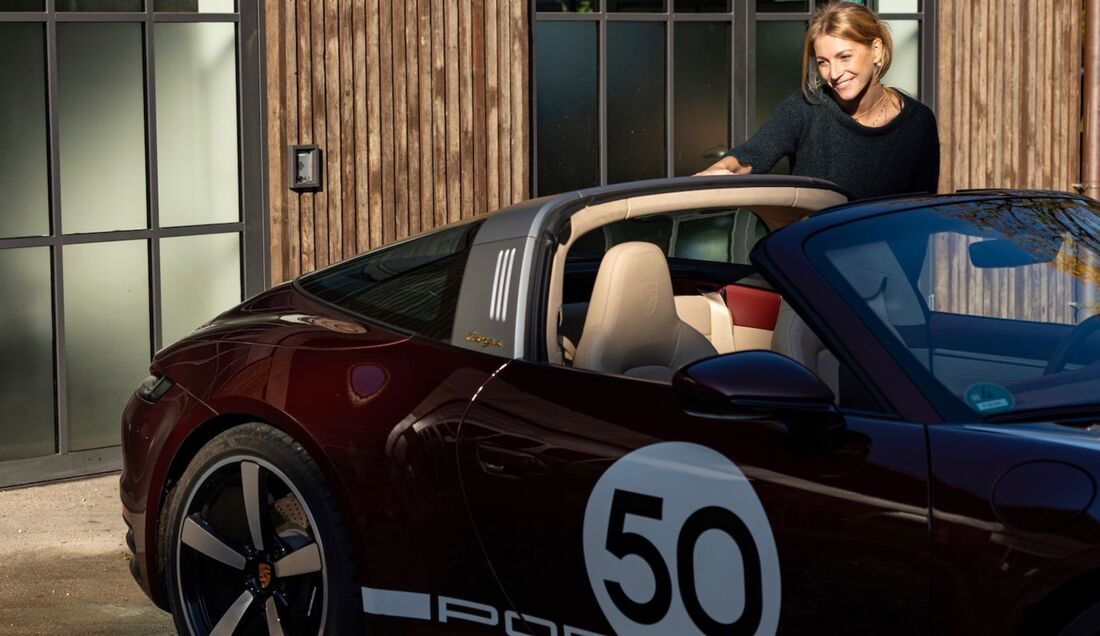
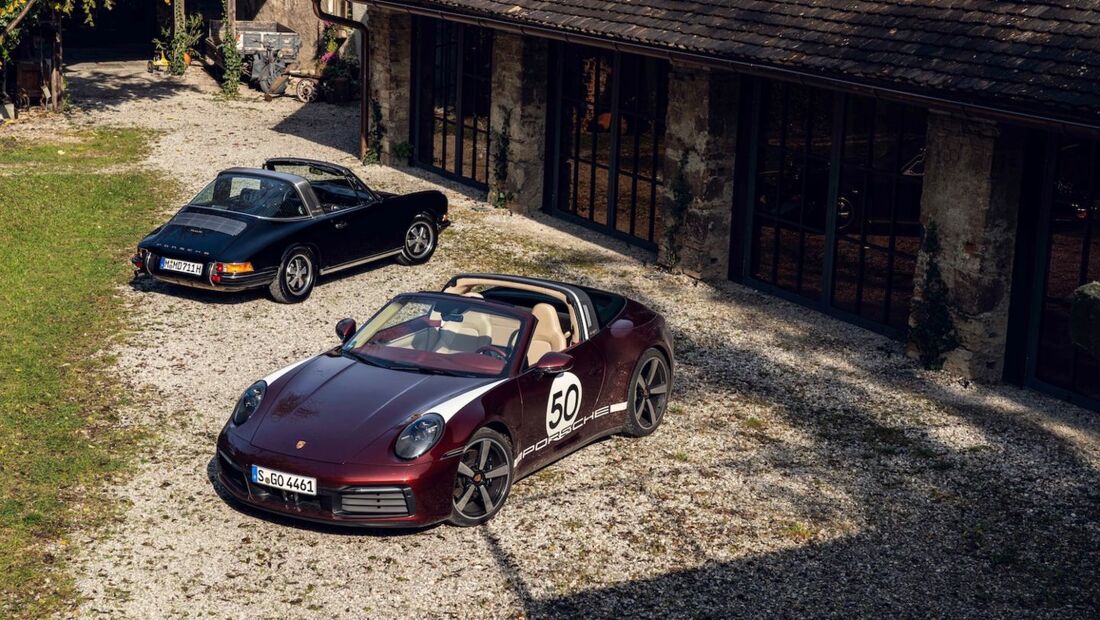
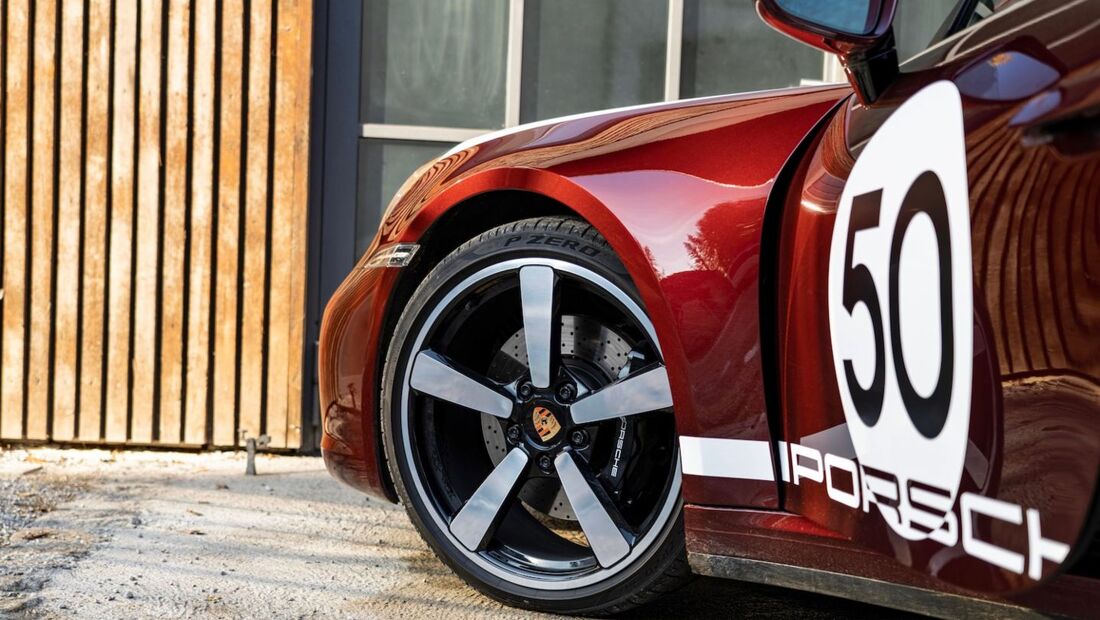
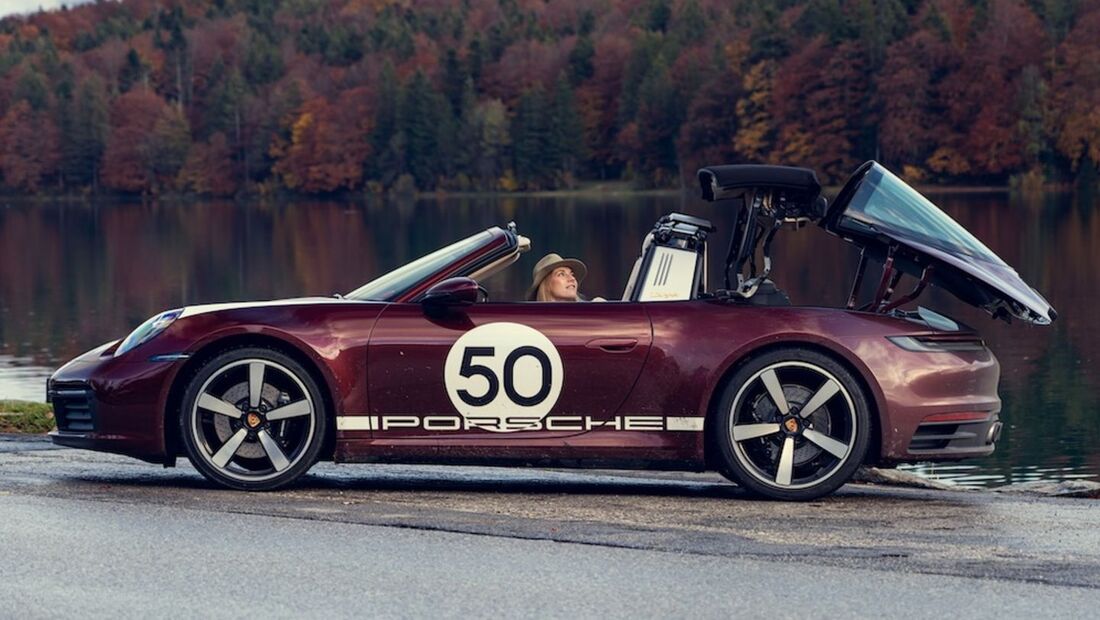
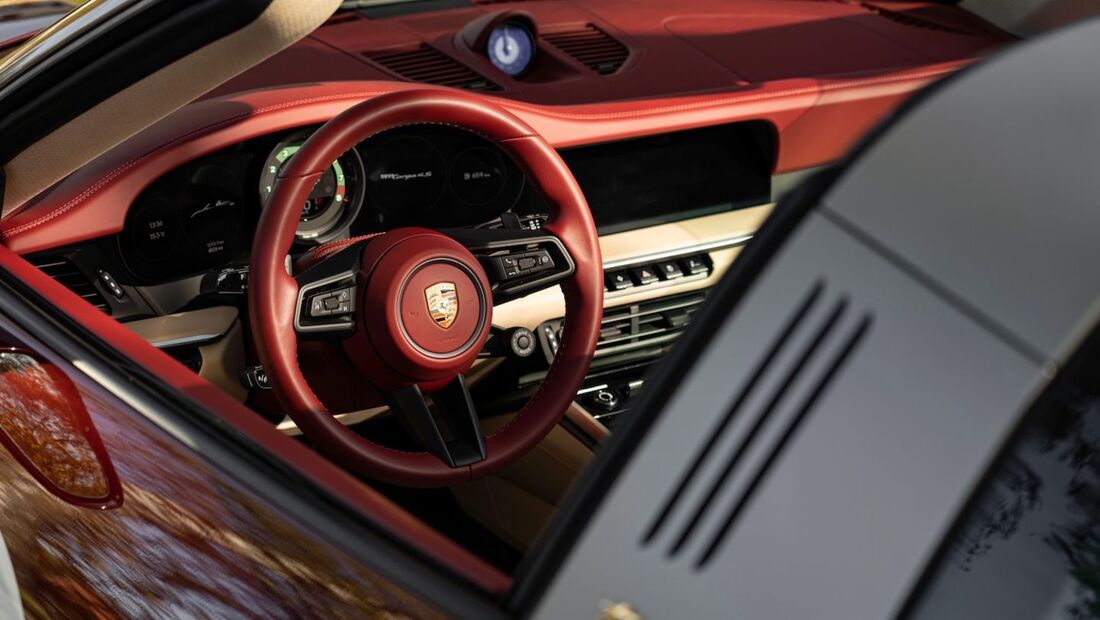
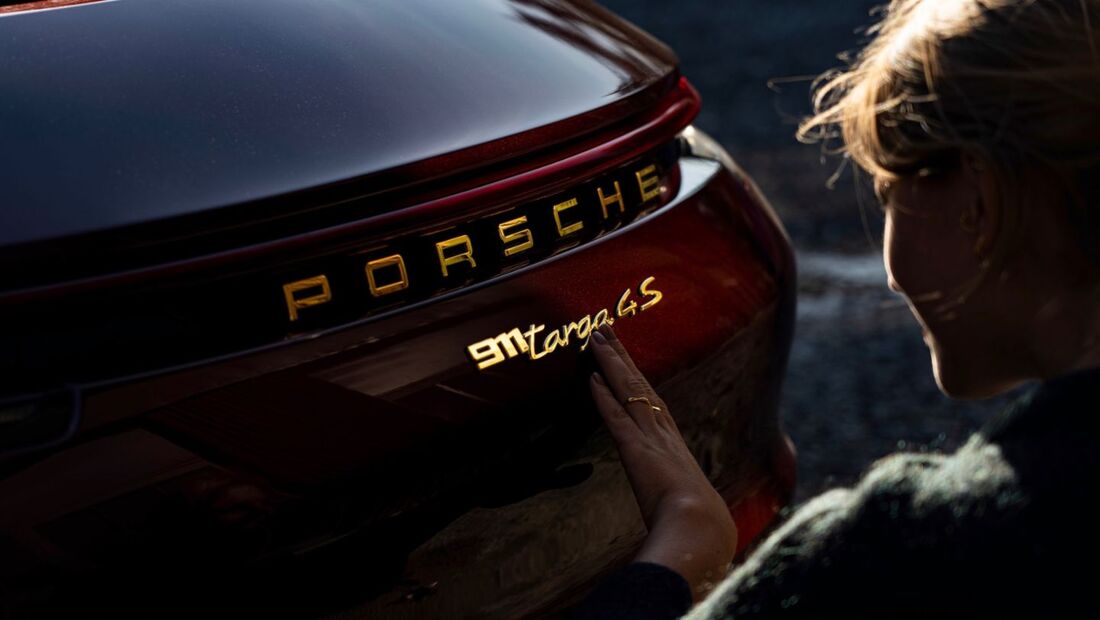
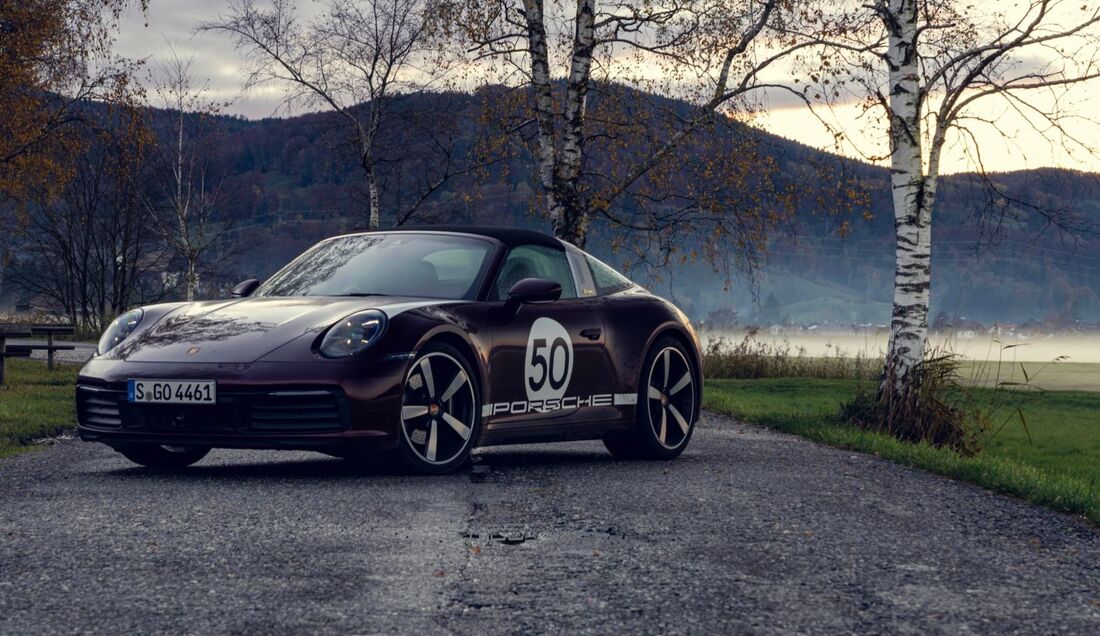
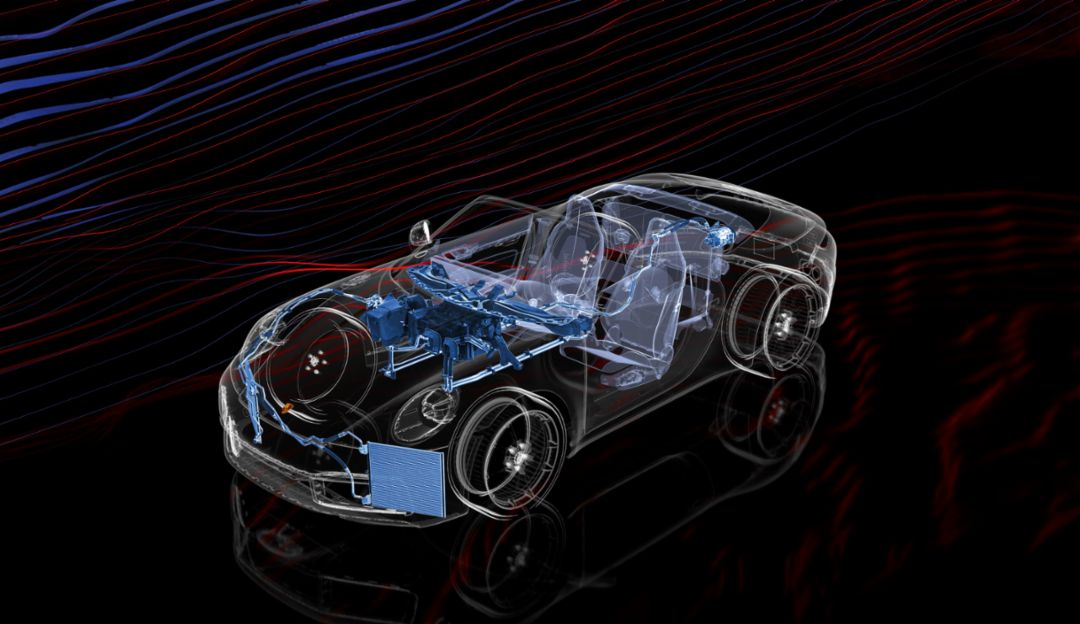
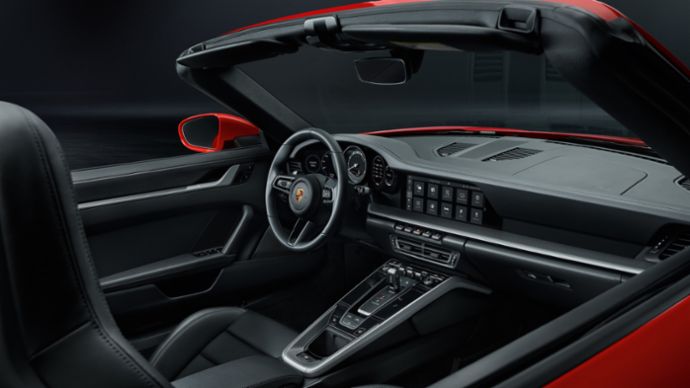
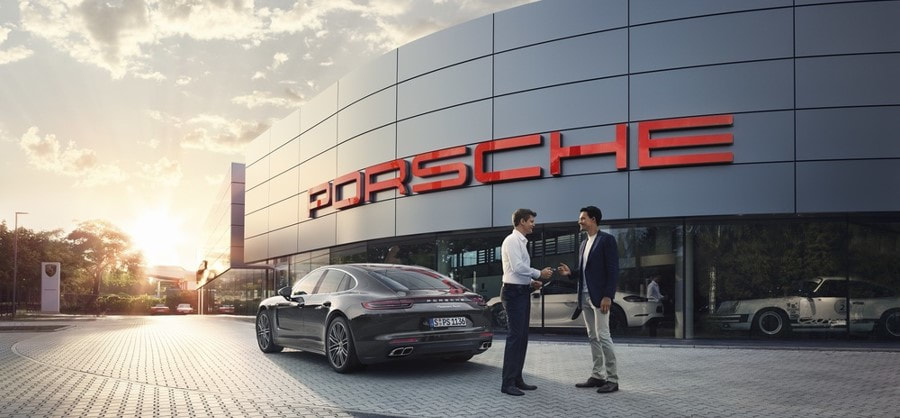
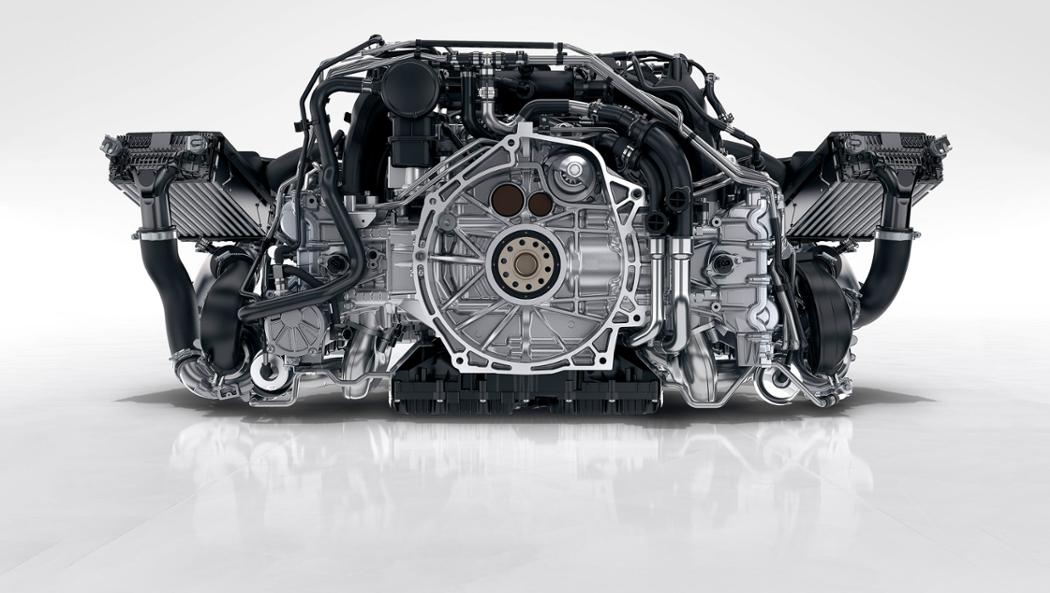
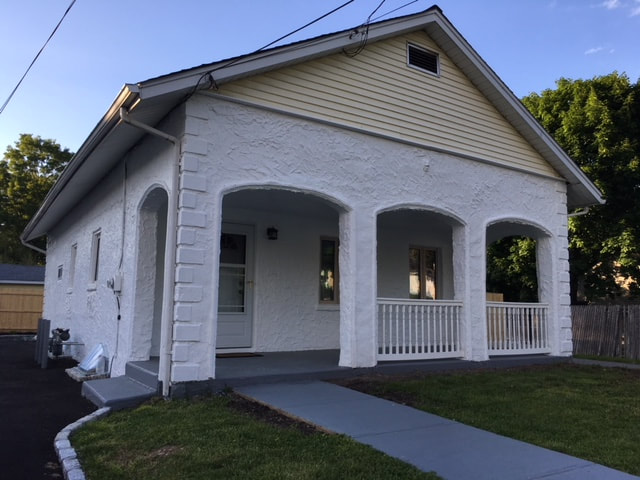
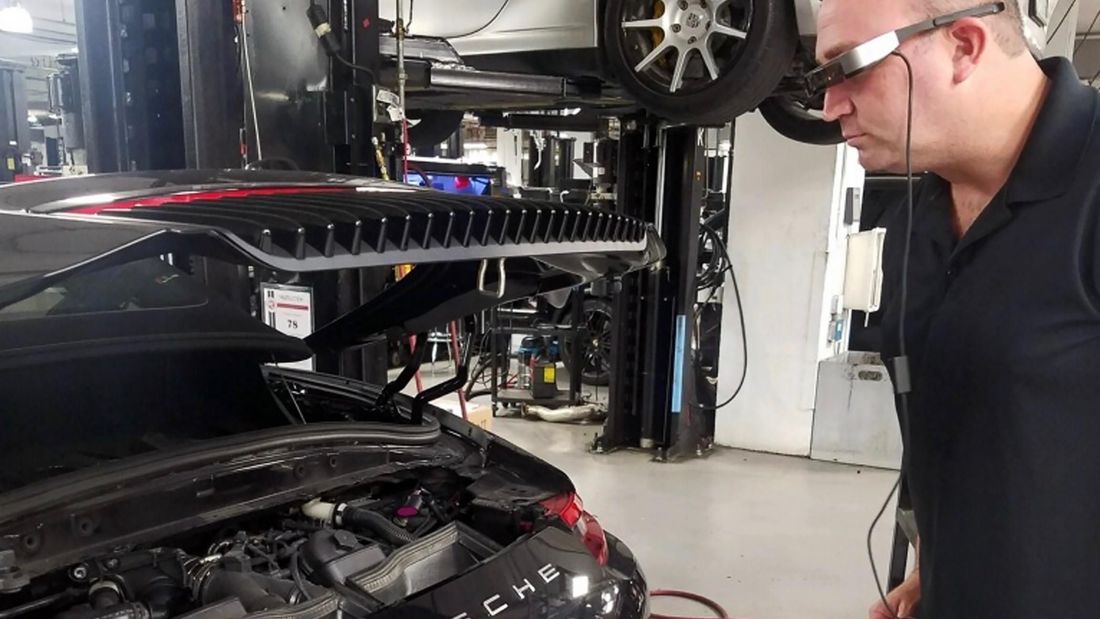
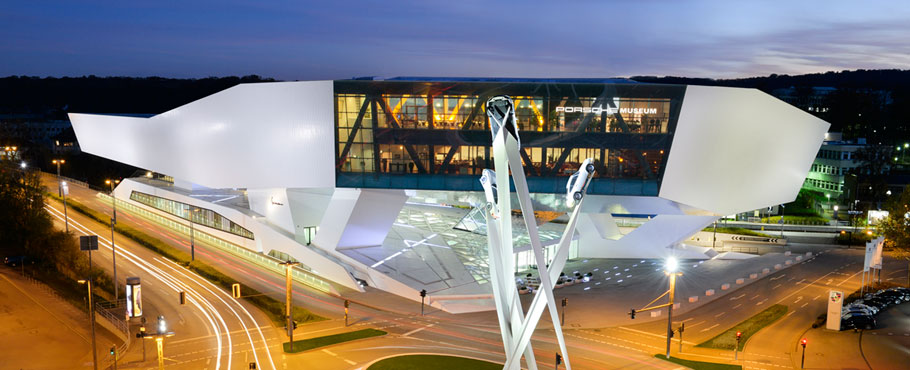
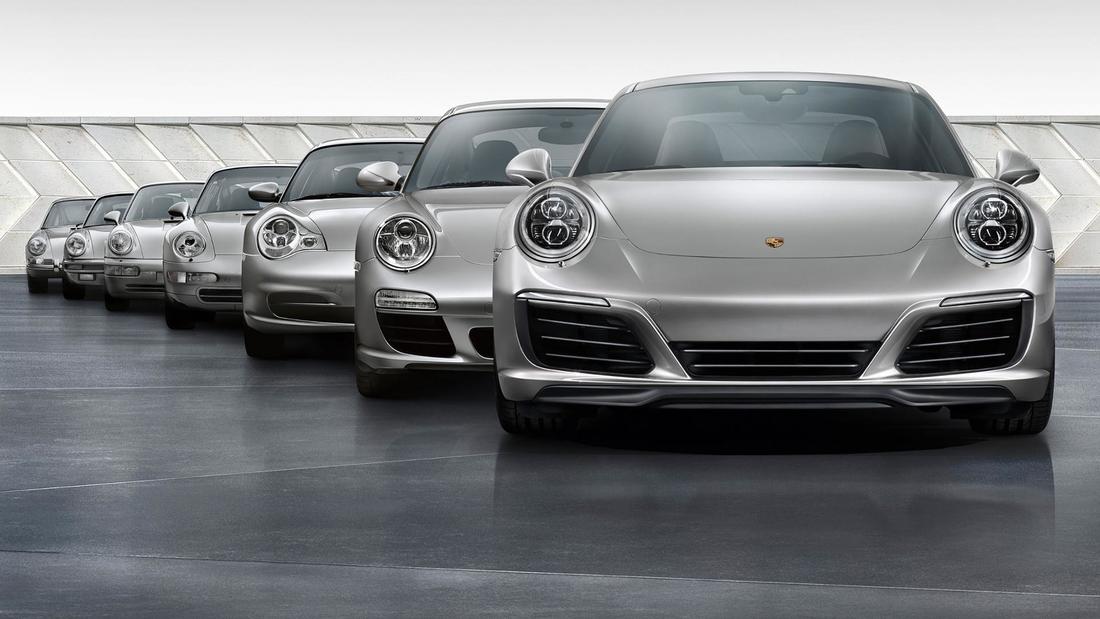
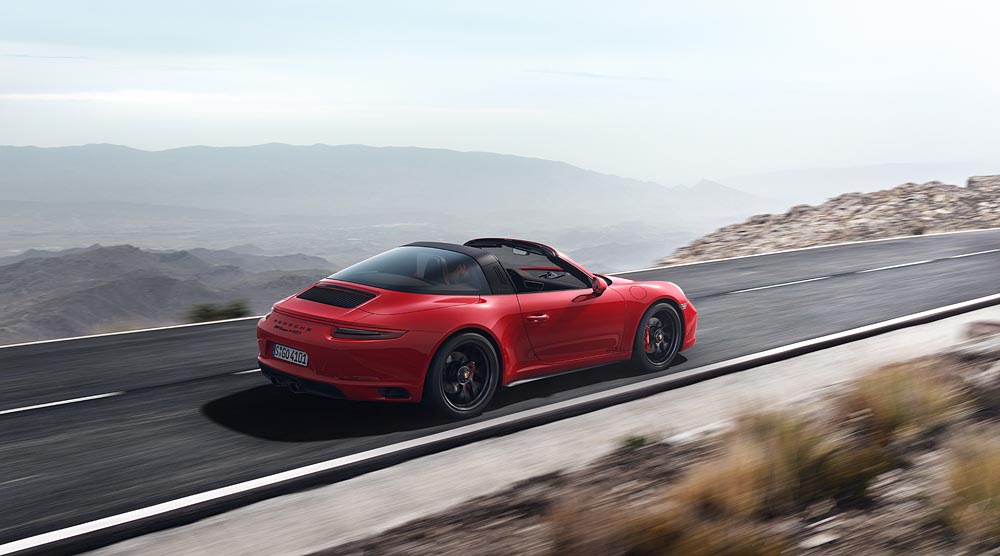
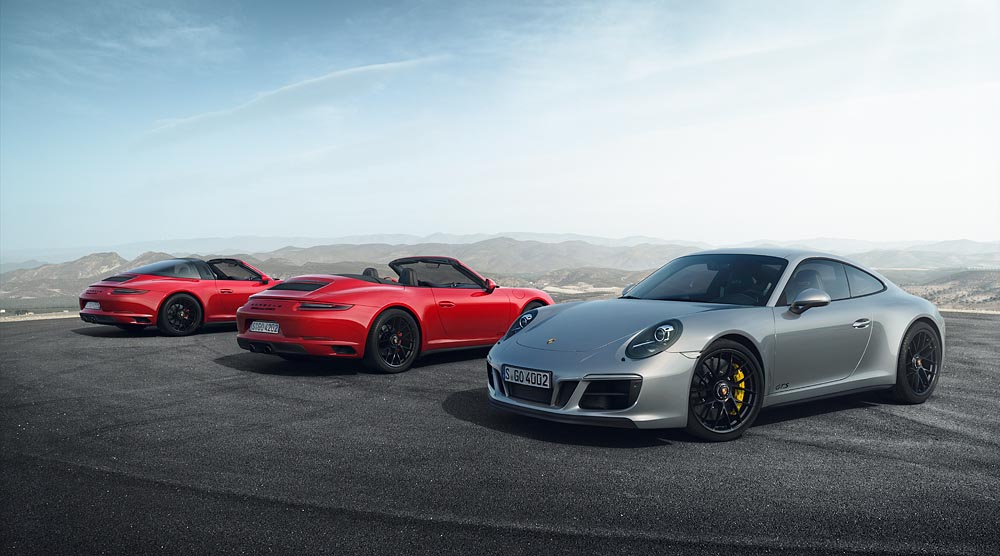
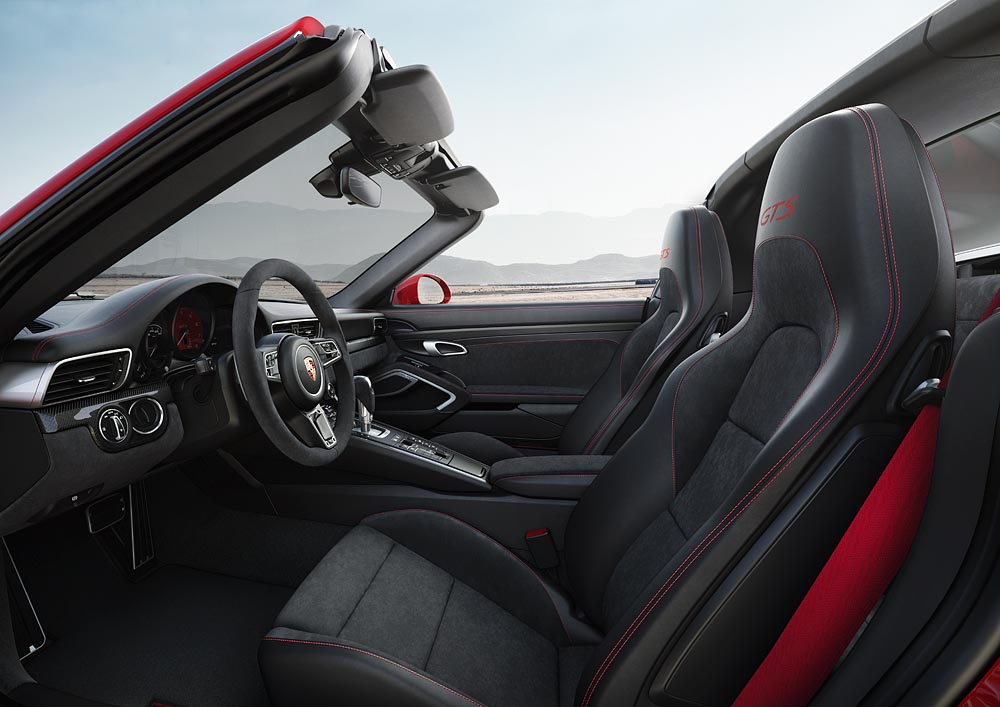
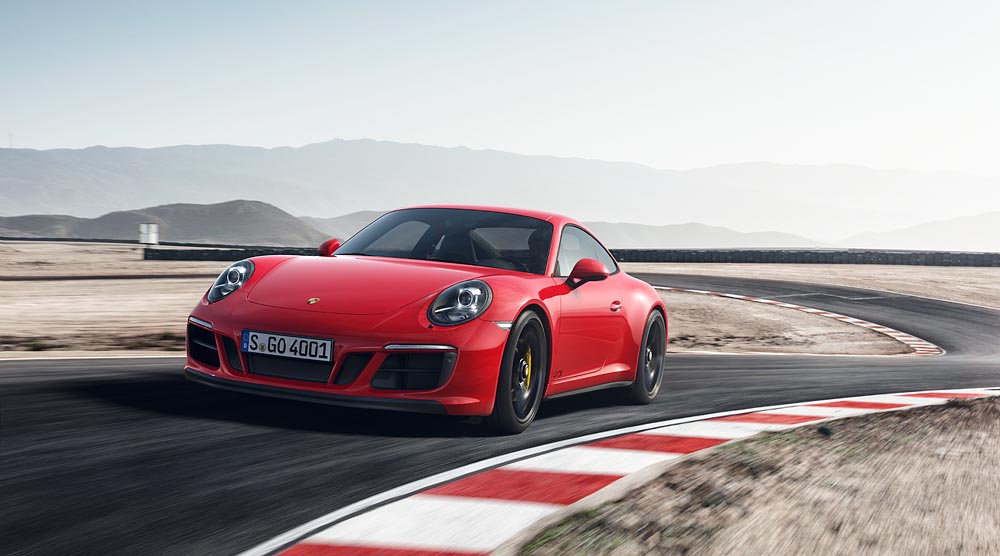
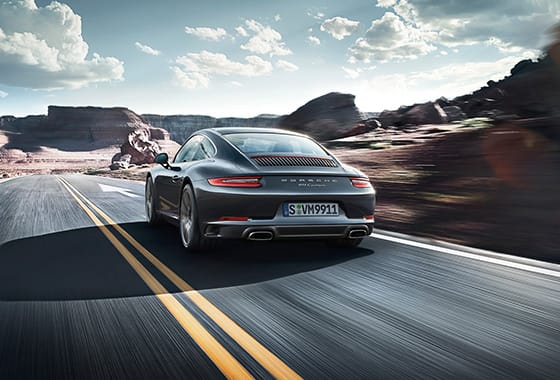

 RSS Feed
RSS Feed